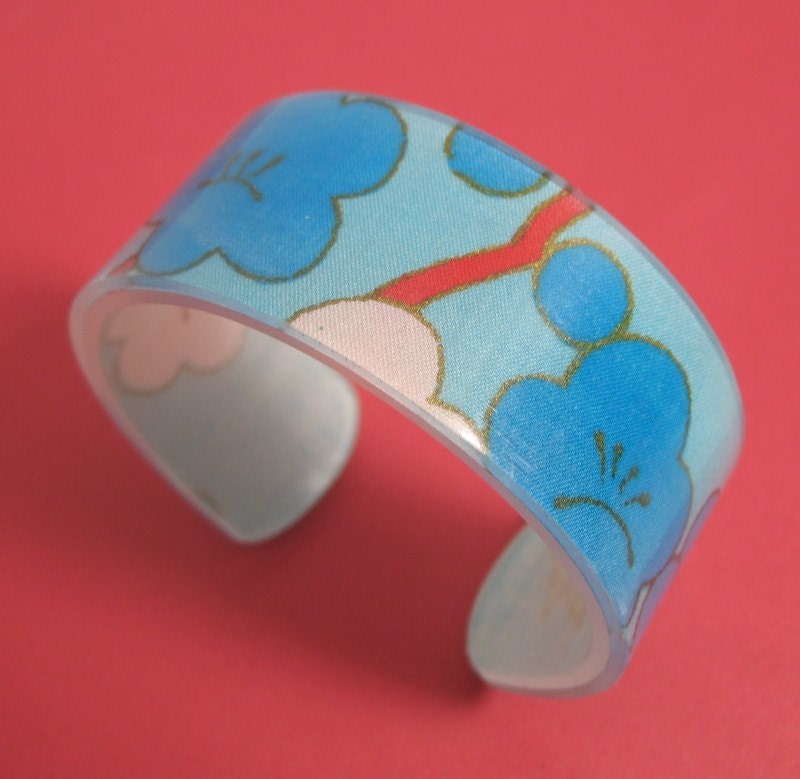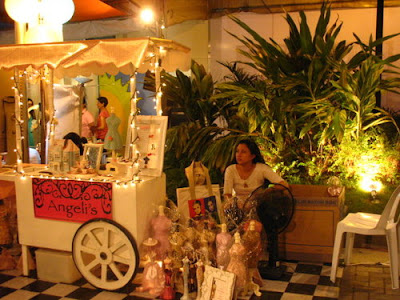On sustainable design
Sustainable design (also referred to as "green design", "eco-design", or "design for environment") is the art of designing physical objects, the built environment and services to comply with the principles of economic, social, and ecological sustainability. It ranges from the microcosm of designing small objects for everyday use, through to the macrocosm of designing buildings, cities, and the earth's physical surface. It is a growing trend within the fields of architecture, landscape architecture, urban design, urban planning, engineering, graphic design, industrial design, interior design and fashion design. - from wikipedia, entry on sustainable design
Truth be told, being a polymer clay artist sometimes makes me feel guilty. Polymer clay is plastic, so it's not as earth-friendly as, say, doing pottery or working with natural fabric.
A few months back, some college students emailed me asking for ideas for their recycling project in school. They wanted to make polymer clay jewelry, incorporating old tin cans and such. I suggested they go for completely recycled materials instead, like acrylic sheet cuttings from signage shops, which can be turned into jewelry like this:

That ingenious cuff above was created by yebattasupadont, using a recycled acrylic sheet/plexiglass. See her shop for more green jewelry.
I could have been wrong in suggesting to the students that they ditch the polymer clay plus tin can jewelry idea, but I felt (and I still do) that there are better ideas for a school project on recycling. Polymer clay costs Php140 to Php150 around here (around $3), versus the free plexiglass cuttings they can get from signage shops.
However, I do believe there are ways to conscientiously work with polymer clay. Here are a few ideas:
- Never throw clay away. Reuse and recycle: every little bit of clay can still be used. If you hate the color of the clay you mixed, use it as a base. Cover it, paint it, embellish it. Your creativity is the limit.
- Don't burn clay! When you burn clay (like what often happens in a toaster), you release harmful gasses to the environment. Use the right equipment, and make sure you bake at the right temperature.
- Don't underbake clay/Don't use brittle clay! Make sure your clay pieces are strong, and will last a lifetime. Churning out low-quality pieces will only contribute to the waste we produce. Stop making disposable items. Polymer clay is plastic, it's supposed to last forever.
Got other tips for sustainable design when working with polymer clay? Post a comment!


Comments
Great article Angeli.
tejae